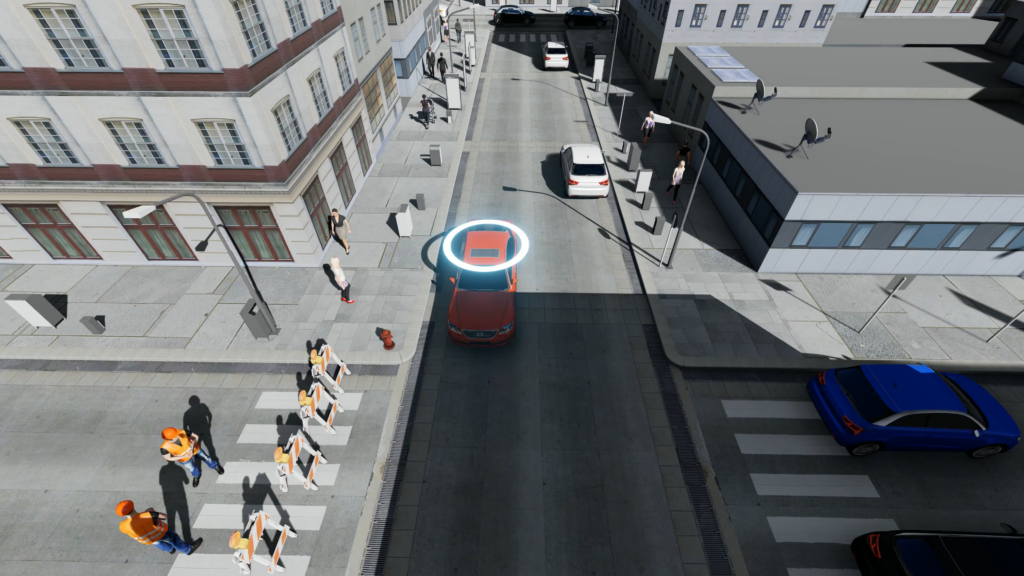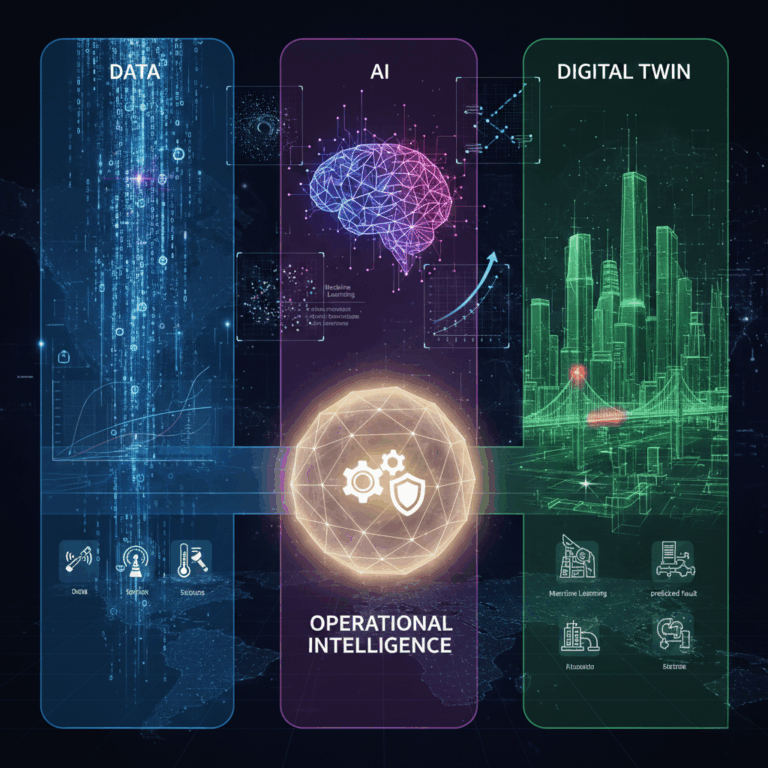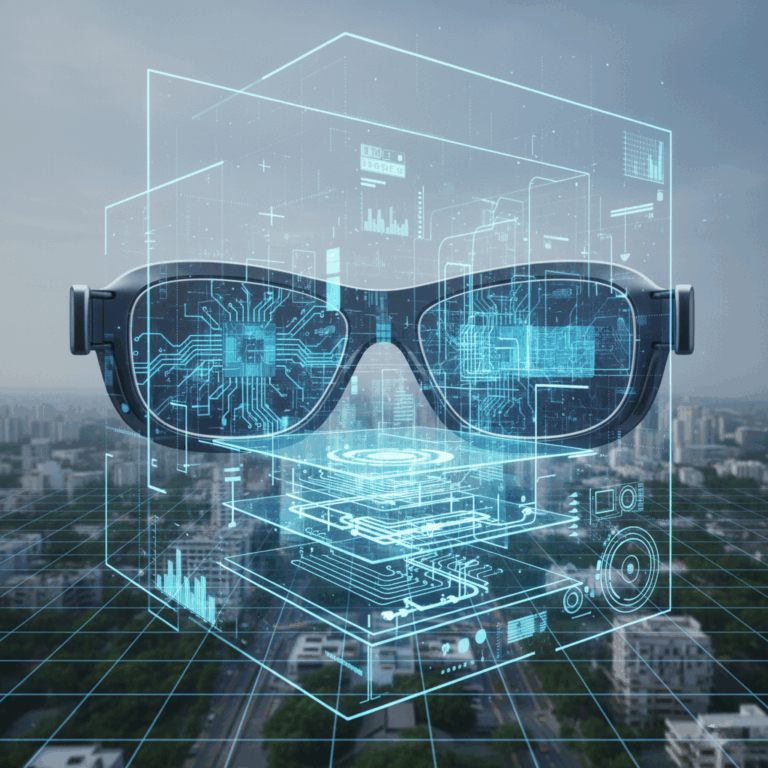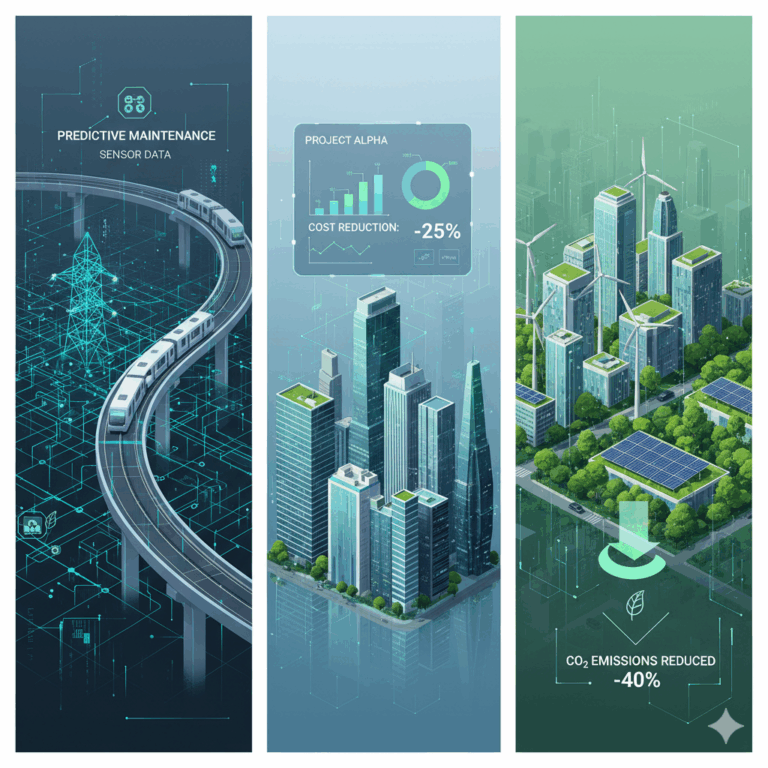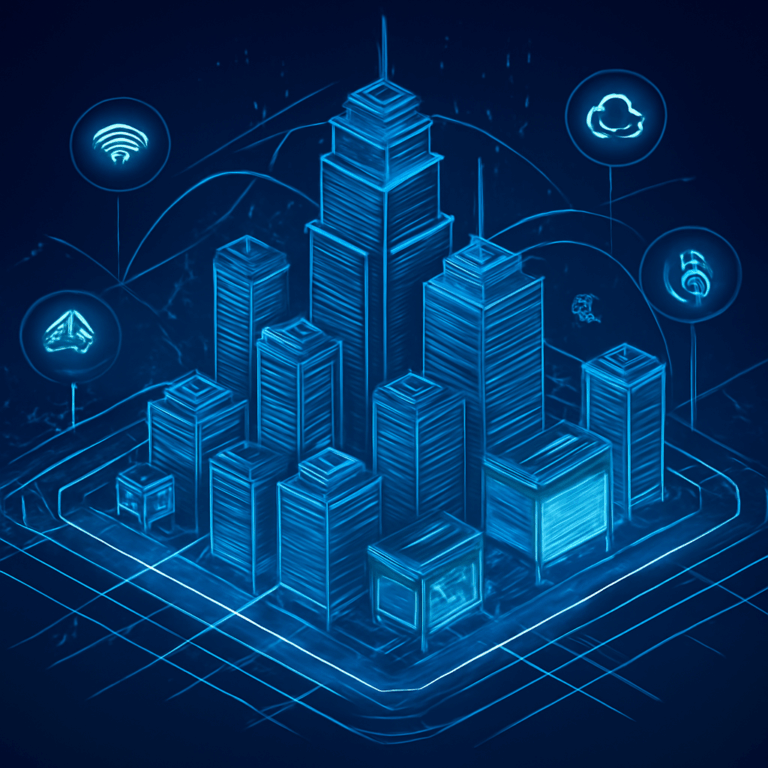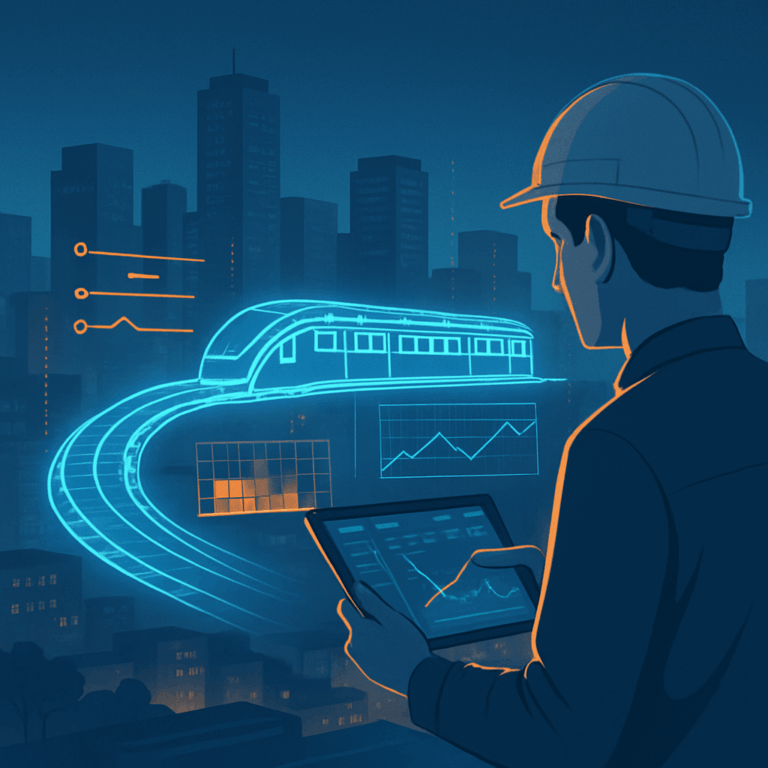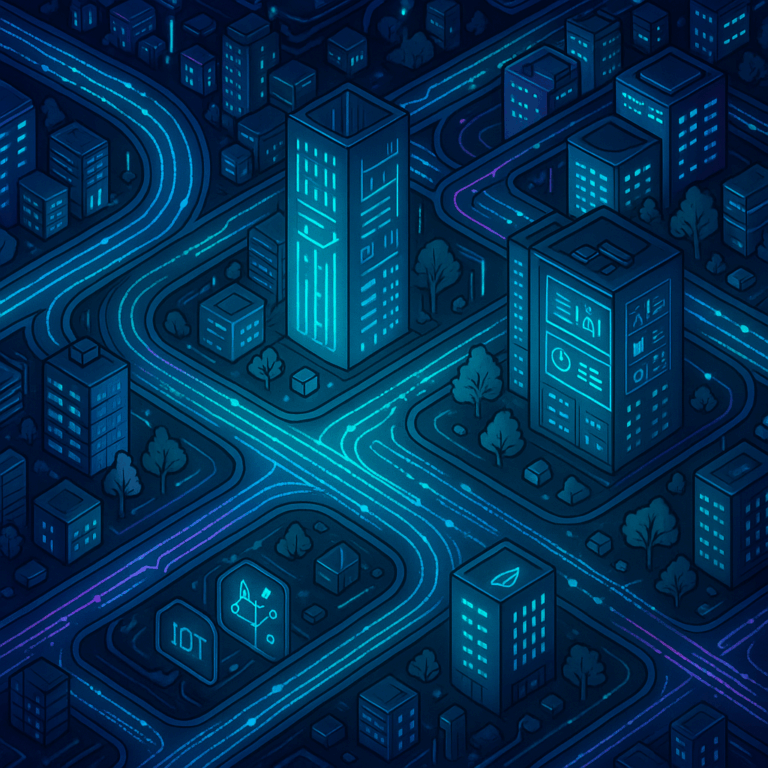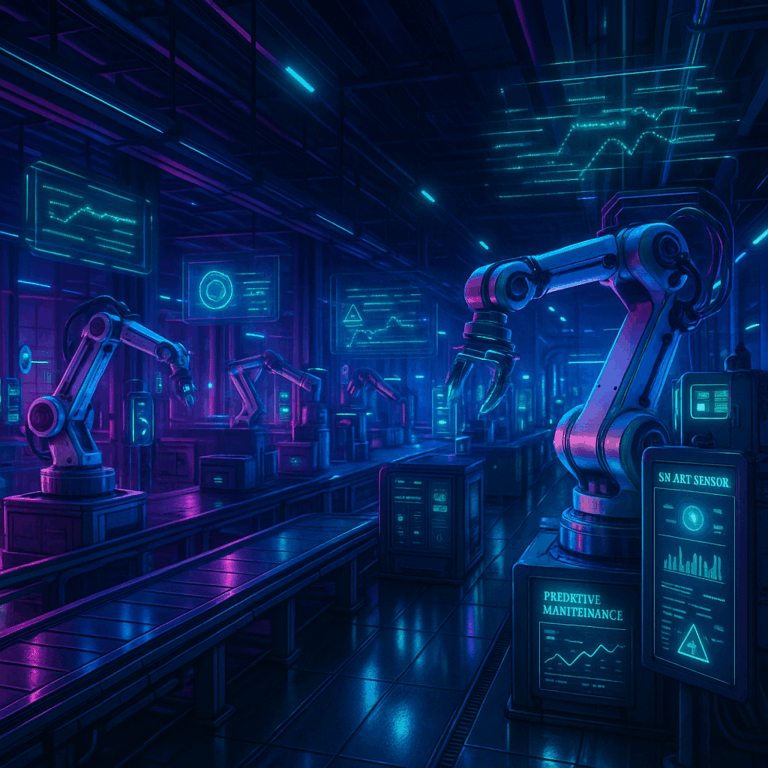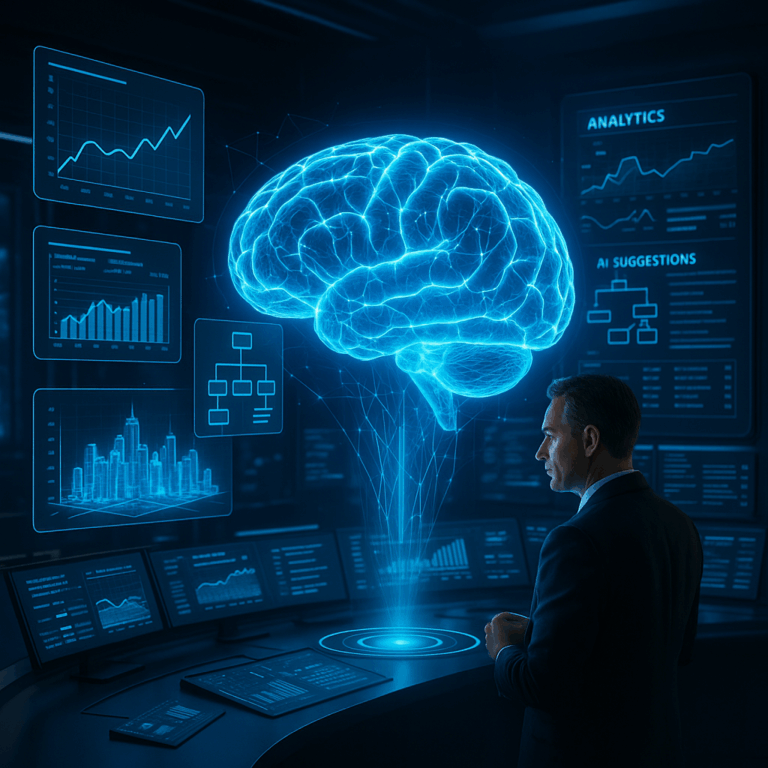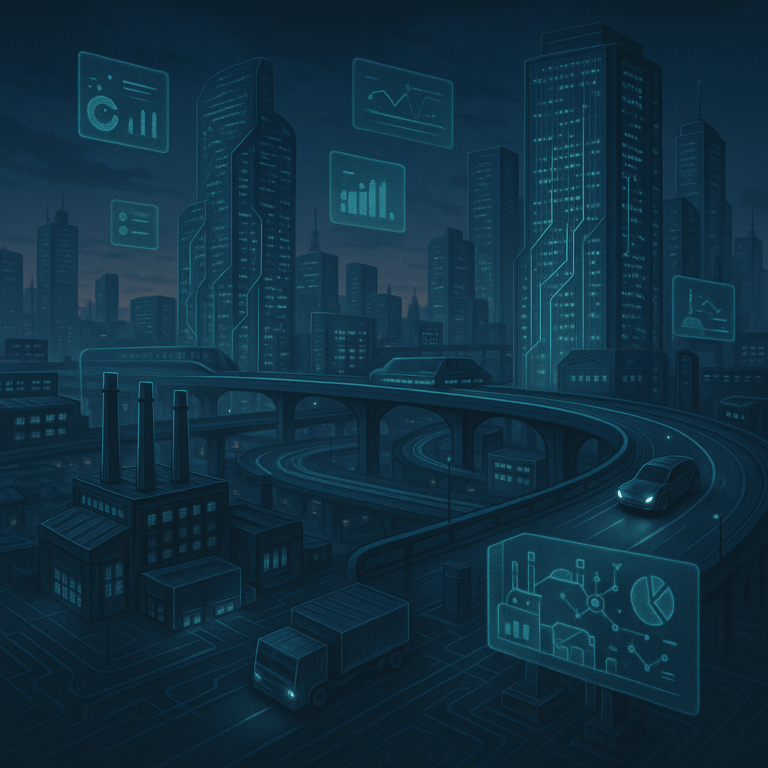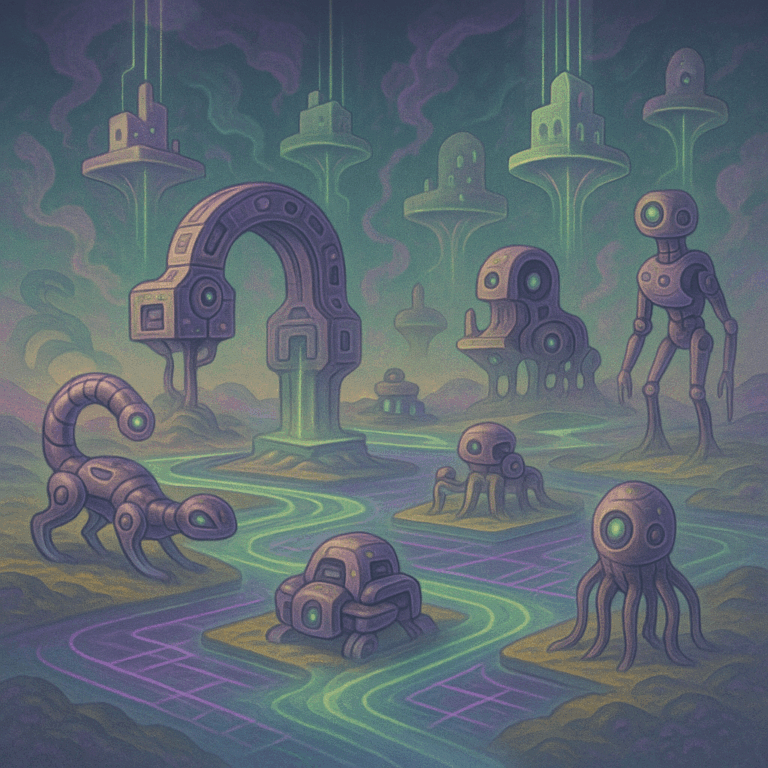Digital Twin Technology and Traffic Management
The increasing population and growing traffic in cities pose significant challenges for drivers and managers. Moreover, traditional traffic management systems struggle to adapt quickly to dynamic conditions. At this point, digital twin technology, combined with intelligent traffic management, is making transportation in cities more efficient.
What is Digital Twin Technology?
A digital twin creates a virtual model of physical infrastructure and enables simulations based on real-time data to analyze traffic flow. Thanks to sensors, IoT devices, and artificial intelligence algorithms, traffic data is evaluated in advance, leading to smarter decision-making. This technology not only monitors traffic but also predicts potential future problems. As a result, cities become more livable.
Contributions of Digital Twin in Traffic Management
Real-Time Data Analysis
It instantly tracks traffic flow and congestion, allowing traffic managers to make quick decisions.
It identifies abnormal situations and develops preventive measures, making long-term traffic adjustments more effective.
Alternative Routes
It suggests alternative routes in areas of congestion. Additionally, it makes decisions based on traffic predictions to relieve the flow.
It improves integration between public transport and individual mobility, making city travel more organized.
Quick Response to Accidents
In the event of an accident, the system automatically notifies the authorities. This ensures that emergency response teams reach the scene as quickly as possible.
It calculates the fastest route for emergency teams, reducing the time it takes for the injured to reach the hospital.
Traffic Light Optimization
It analyzes continuous data streams and adjusts traffic light durations. As a result, it reduces waiting times in traffic.
With the green wave system, it accelerates flow, minimizing fuel consumption and time loss.
Reduction of Carbon Emissions
By ensuring more efficient traffic flow, it reduces vehicle idle time, which lowers fossil fuel consumption.
It improves air quality in the city, creating more livable spaces in the long run.
Preparing for the Future with Digital Twin Technology
Smart city projects are becoming more sustainable with digital twin technology. Therefore, municipalities and traffic managers can use digital twin solutions, like TwinUp, to make cities more livable and efficient.
